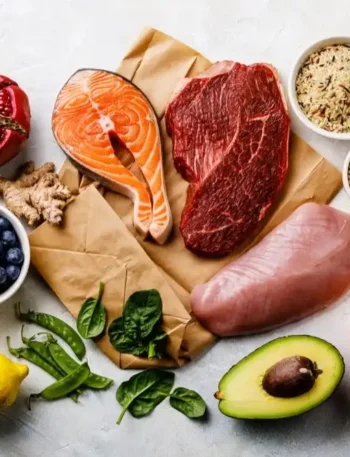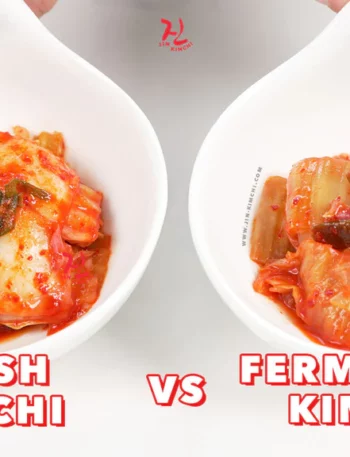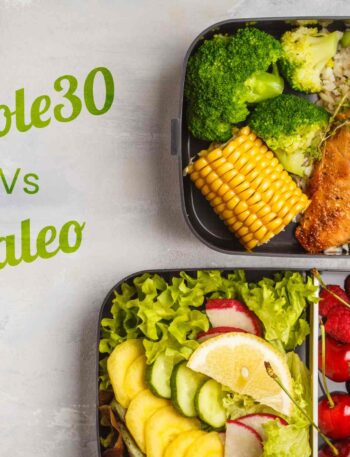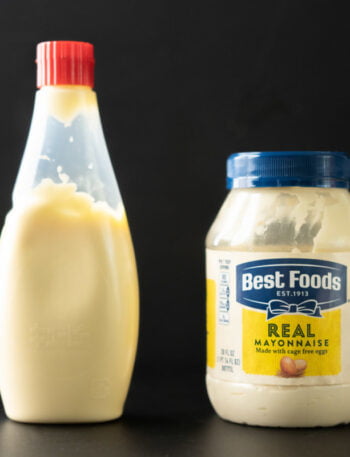
There’s something low-key terrifying about how a single bite of warm banana fritter, your grandma’s soggy macaroni schotel, or those radioactive-colored iced gem biscuits can drag you back decades—like an emotional hostage.
You’re not just tasting it. You’re there. Smack in the middle of your childhood kitchen, mom yelling from the other room, the hum of that old fridge buzzing like a distant ghost.
But while your heart’s doing backflips down memory lane, your brain might be quietly glitching. No one wants to say it out loud, but that plate of “good old days” might be screwing with your actual ability to remember the present.
Nostalgia has teeth. And it bites harder when it’s laced with sugar, deep-fried in sentimentality, and wrapped in processed carbs.
Comfort food? Yeah, sure. Until you realize half that comfort comes from ingredients your body treats like an uninvited guest—wreaking havoc behind the scenes. See, the foods we label as “nostalgic” are rarely kale or wild-caught salmon.
They’re more like Franken-snacks from the 90s pantry: margarine-soaked, MSG-drenched, sugarbombs that wouldn’t pass today’s basic health standards. And when you consume that emotional cocktail often enough? Your brain doesn’t just daydream—it starts deteriorating.
Let’s talk inflammation—because your brain already is. Chronic, low-grade inflammation is the silent saboteur of cognitive clarity.
And guess what? A lot of that sweet, creamy, crunchy comfort stuff cranks it up like a gas stove left on high. The same trans fats and additives that made our childhood snacks shelf-stable are now being linked to foggy memory, reduced neuroplasticity, and even early cognitive decline.
You thought you were feeding your soul, but you were slowly ghosting your neurons.
But this isn’t just a nutritionist’s wet dream of a warning. It’s deeper. It’s psychological. Nostalgic eating isn’t just about flavor—it’s about time travel. You’re not hungry for food; you’re starving for safety, simplicity, someone who made you feel loved.
And that’s the sinister part: you keep coming back, mistaking emotional hunger for physical hunger, confusing “I miss you” with “I want mac and cheese.” It’s not just what you’re eating—it’s why.
One study even found that people who consume more ultra-processed foods show higher rates of memory problems. But what no study can fully explain is how those same people keep reaching for it—even knowing it’s hurting them.
It’s like dating your ex who burned your house down, just because you miss the way they said your name.
“We do not remember days; we remember moments.” – Cesare Pavese.
And sometimes, we cling so hard to those moments, we end up forgetting the rest.
Here’s a thought: what if nostalgia itself is a kind of cognitive trap? Not just a sweet escape, but a neurological rerun that keeps hijacking your focus and messing with your synapses? You’re stuck playing old tapes while new memories get fuzzier.
The brain, just like a hard drive, has limits. And if you’re feeding it the same emotional + chemical junk on repeat, it might just start lagging—permanently.
Now, let’s not get it twisted—nostalgic food isn’t inherently evil. The danger is in the frequency, the portion size, and the emotional dependency. Once in a blue moon? Fine.
But if your version of “self-care” looks like regular pilgrimages to childhood meals that also double as metabolic landmines, it’s worth asking: is your comfort worth your clarity?
We’re living in a time where brain fog is treated like a personality trait. “LOL I forgot again!” Yeah, no. That’s not cute—it’s chemical.
And it might have less to do with age or burnout and more to do with what you keep telling yourself is “just a little treat.” A treat that’s feeding your past but starving your now.
So next time you’re chasing nostalgia on a plate, ask yourself: am I remembering, or am I erasing?
“Nostalgia is a dirty liar that insists things were better than they seemed.” – Michelle K.









